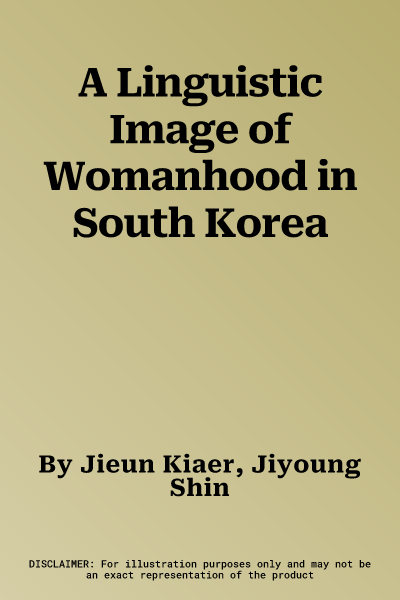A Linguistic Image of Womanhood in South Korea examines the verbal and
non-verbal techniques used by contemporary South Korean women to
navigate their society.
South Korea is extremely hierarchical, and this is expressed through a
complex array of different politeness levels in words, gestures, and
behaviours. These hierarchies were formed over 500 years ago with the
introduction of Neo-Confucianism from China, but patriarchal and
paternalistic values still linger in contemporary Korean society. In
this book, the authors have coined the term 'language cosmetics' to
describe how women in South Korea modify their language and behaviour to
conform to social expectations. The book examines womanhood and
femininity as seen in popular Korean films, K-dramas, and K-pop. The
authors note that feminine language and behaviour are not limited to
women (as seen by the practice of aegyo or 'acting cute' within Korean
boy bands), and they describe the tensions between gender hierarchy and
socioeconomic status (as seen in the powerful and elegant samonim
ladies of K-drama).
This book will be informative for those studying and researching in the
fields of Asian studies, cultural studies, linguistics, and East Asian
languages, particularly those analysing how society and gender have an
impact upon language.

